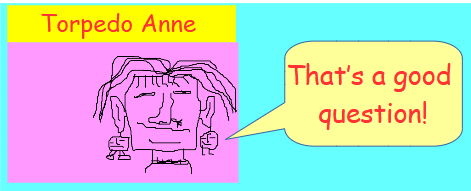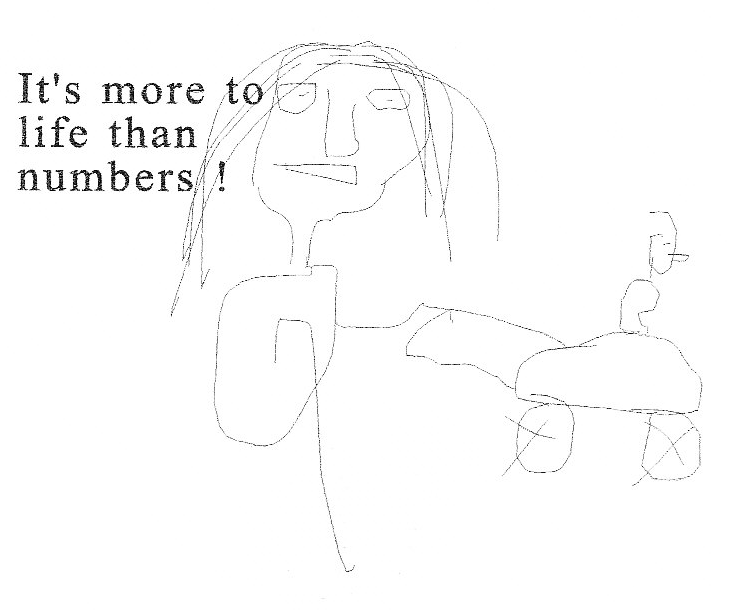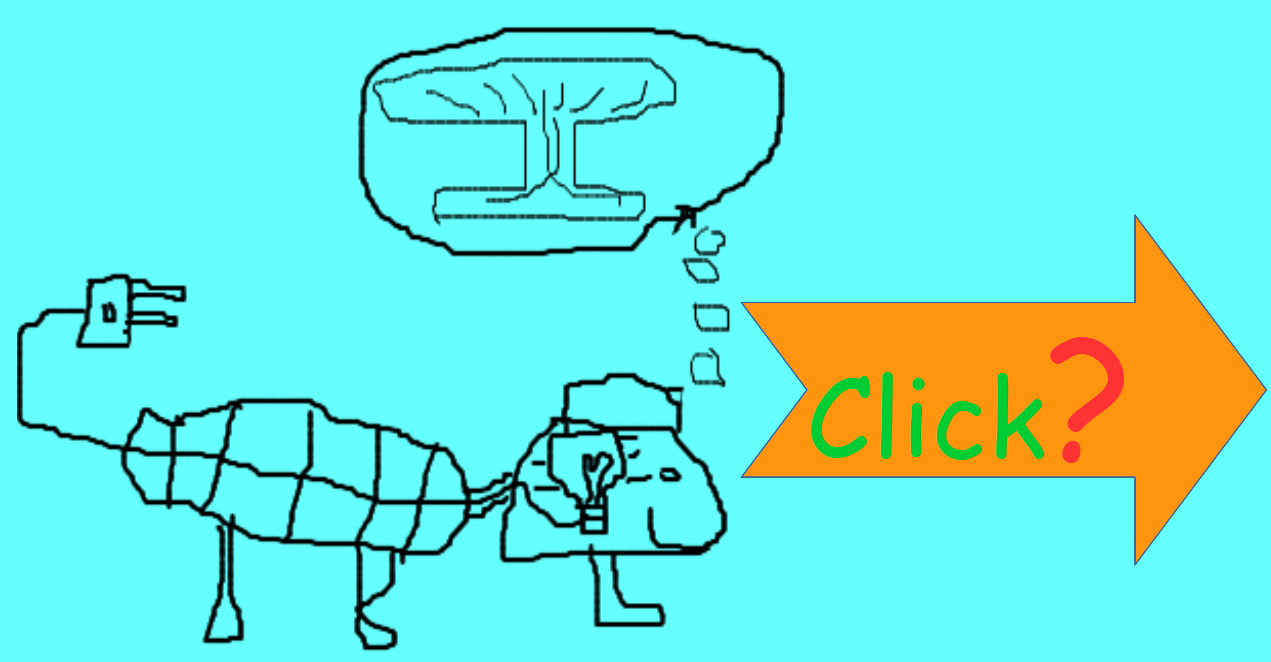page2024 Rings Matthias Lorentzen...mattegrisenforlag.com
Look at the picture beneath, then
scroll down to the question and click the correct Answer button.


Exercises: Ideals , Extensions & Vector Spaces
Exercise
Let us start with an exercise that bridges the concepts of ideals , simple extension fields,
and introduces vector spaces. Exercise 1: OK
Exercise 2:Field extensions as Vector Spaces.
Let F = `QQ` be the field of rational numbers. Consider the polynomial
`p(x) = x^2 - 2` `in QQ[x]`.
Problem statement:
Consider the field extension `L = QQ(sqrt 2)` , which is the smallest field
containing both the rational numbers and the square root of 2.
1. Demonstrate that L is a vector space over the field of rational numbers `QQ`.
2. Determine the basis for L as a vector space over `QQ`.
3. Calculate the dimension of L over `QQ` , denoted as `[L : QQ ]`.
Strategy and repetition of Vector Spaces:
A vector space (or linear space) V over a field F is a set V equipped with
two operations:
1. Vector Addition: For any u , v `bb in V` , there is a unique element `bb {u + v in V}`.
2. Scalar Multiplication: For any c `in F` and u `bb {in V}` , there is a unique element
`c bb {u in V}`.
Solution :
Part 1: Demonstrating that `QQ(sqrt 2)` is a Vector Space over `QQ`:
QED
Part 2: Finding a Basis for `QQ(sqrt 2)` over `QQ` :
We need to find a set of elements in `QQ(sqrt 2)` that is both spanning and linearly independent.
Spanning: Any element of `QQ(sqrt 2)` is of the form `a + b sqrt 2` , where `a , b in QQ`.
We can rewrite this as a linear combination with rational coefficients: `bb {a * 1 + b * sqrt 2}`. This shows that the set `{ 1 , sqrt 2 }` spans the vector space.
Linear Independence: We must show that the only solution to the equation
`c_1 * 1 + c_2 * sqrt 2 = 0` is `c_1 = 0` and `c_2 = 0` , where `c_1 , c_2 in QQ`.
If `c_2 ne 0` we could rearrange the equation to get
`sqrt 2 = - c_1 / c_2 `. Since `c_1` and `c_2` are rational , their quotient `- c_1 / c_2`
would also be rational. This would imply that `sqrt 2` is a rational number , which is a
known contradiction. Therefore , our assumption that `c_2 ne 0` must be false. So , `c_2 = 0`.
Substituting this back into the original equation , we get `c_1 + 0 * sqrt 2 = 0` , which
simplifies to `c_1 = 0`. Since the only solution is `c_1 = 0` and `c_2 = 0` , the set
`{ 1 , sqrt 2}` is linearly independent. Since `{ 1 , sqrt 2 }` is both spanning and
linearly independent , it is a basis for `QQ(sqrt 2)` over `QQ`.
QED
Part 3: Calculating the Dimension :
The dimension of a vector space is the number of elements in its basis. The basis we found for
`QQ(sqrt 2)` over `QQ` is `{ 1 , sqrt 2 }` , which contains two elements.
Therefore , the dimension of `QQ(sqrt 2)` is 2 : `bb {[QQ(sqrt 2) : QQ ] = 2}`. QED
This exercise was a fundamental step in linking field theory to linear algebra. The next logical
step is to see how this concept extends to other field extensions.
END of exercise
Question
Consider the field extension `L = QQ(sqrt 2)` viewed as a vector space over the field of
rational numbers `QQ`. Which statement accurately describes the dimension of L over `QQ`
and a set that can serve as its basis:
A) The dimension of L over `QQ` is 2 , and the set `{ 1 , sqrt 2 }` is a basis.
B) The dimension of L over `QQ` is 3 , and the set `{ 1 , sqrt 2 , 2}` is a basis.
?
